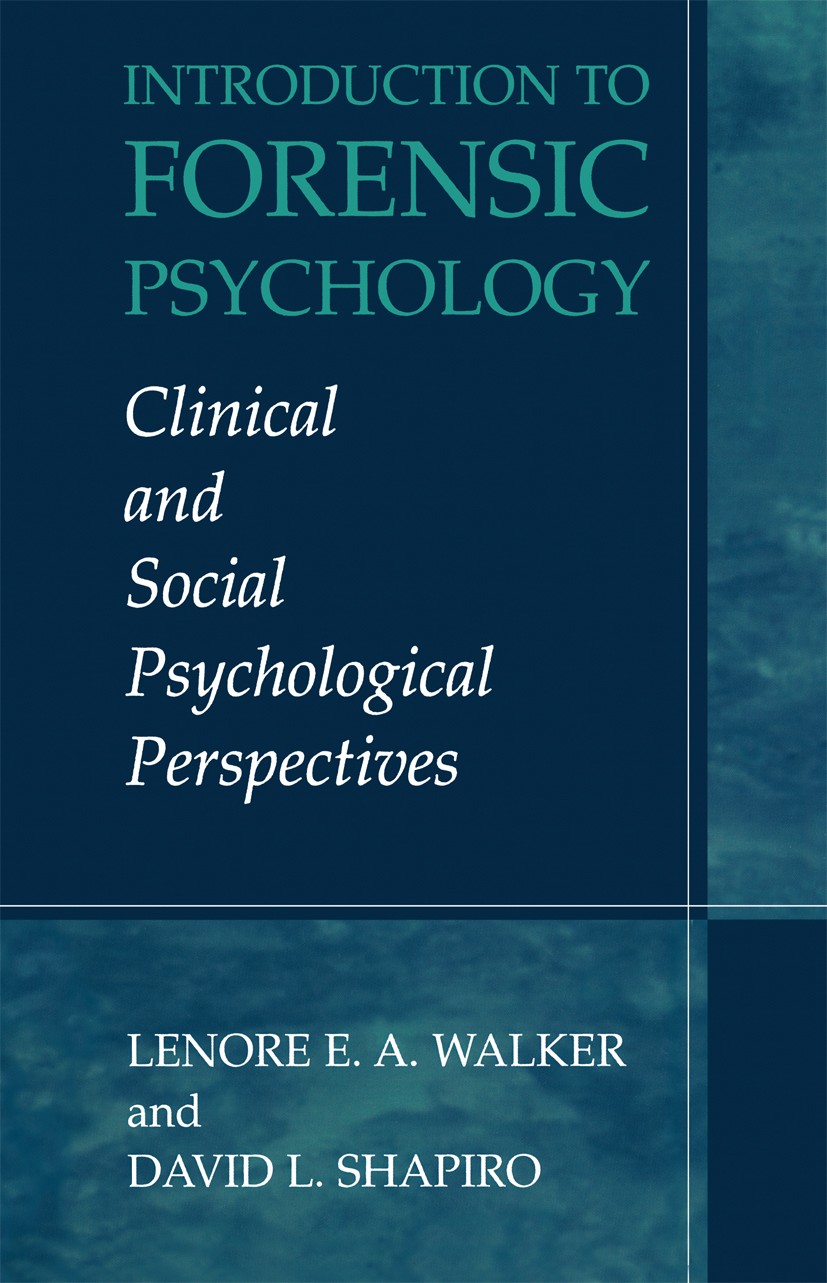| 书目名称 | Introduction to Forensic Psychology | | 副标题 | Clinical and Social | | 编辑 | Lenore E. A. Walker,David L. Shapiro | | 视频video | http://file.papertrans.cn/474/473709/473709.mp4 | | 图书封面 |  | | 描述 | of witnesses and on confessions, and the prevention of crime. In 1900, Alfred Binet, the French psychologist who developed the first standard ized intelligence test, the Stanford-Binet, testified in court about the use of psychological tests with delinquents and criminals. These tests were later used in large scale for screening potential police as well as criminals and by World War II in the 1940‘s, were used in many different ways to classify and design treatment for soldiers. In fact, the use of scientific psychometric tests has continued to be one of the strong assets the psychologist can bring to the law. In 1911, a Belgium psychologist, Varendonck testified that child witnesses did not have the mental capacity of adults and their testimony should not be admitted in courts. That same year, a German psychologist, Carl Marbe testified about proximate cause in a civil lawsuit. He described the psychological experiments used to determine that alcohol can have a negative impact on a person‘s reaction time and subsequent behavior. In the United States the introduction of expert witness testimony took a similar route. In 1921 a case called, State v. Driver recognized that a psy cho | | 出版日期 | Book 20031st edition | | 关键词 | Management; Nation; Syndrom; assessment; intervention; psychological intervention; psychology | | 版次 | 1 | | doi | https://doi.org/10.1007/978-1-4757-3795-0 | | isbn_softcover | 978-1-4419-3421-5 | | isbn_ebook | 978-1-4757-3795-0 | | copyright | Springer Science+Business Media New York 2003 |
The information of publication is updating

|
|
 |Archiver|手机版|小黑屋|
派博传思国际
( 京公网安备110108008328)
GMT+8, 2025-11-20 17:08
|Archiver|手机版|小黑屋|
派博传思国际
( 京公网安备110108008328)
GMT+8, 2025-11-20 17:08


